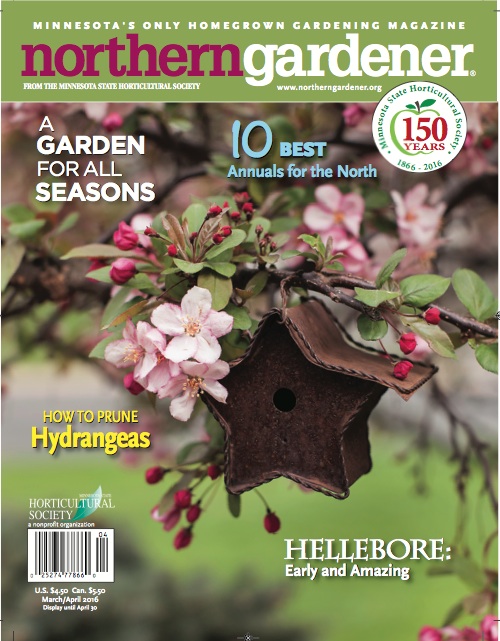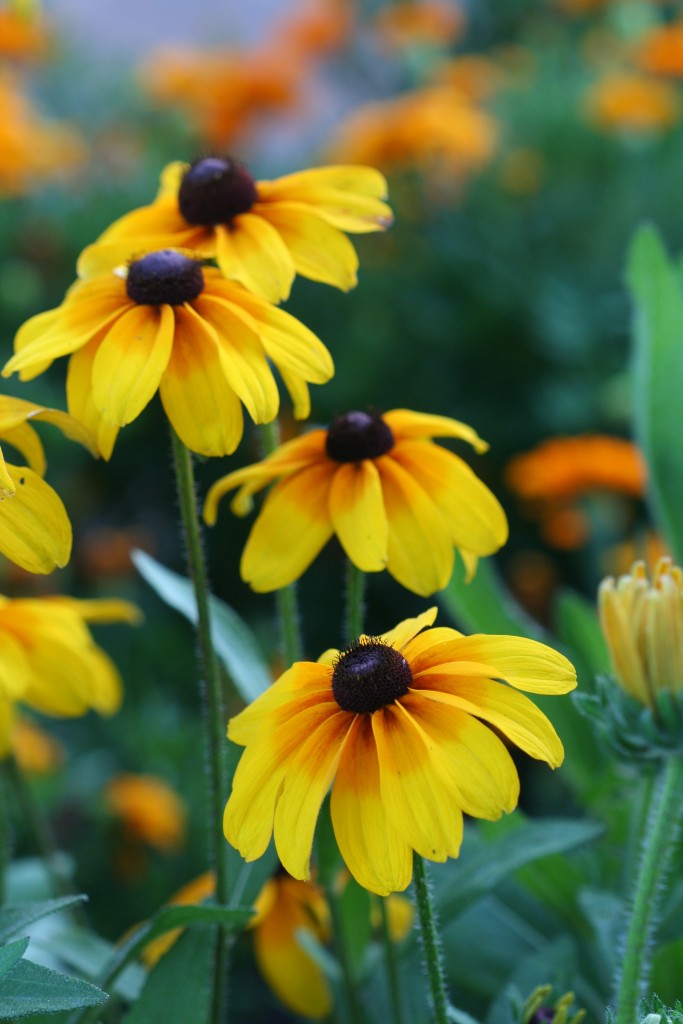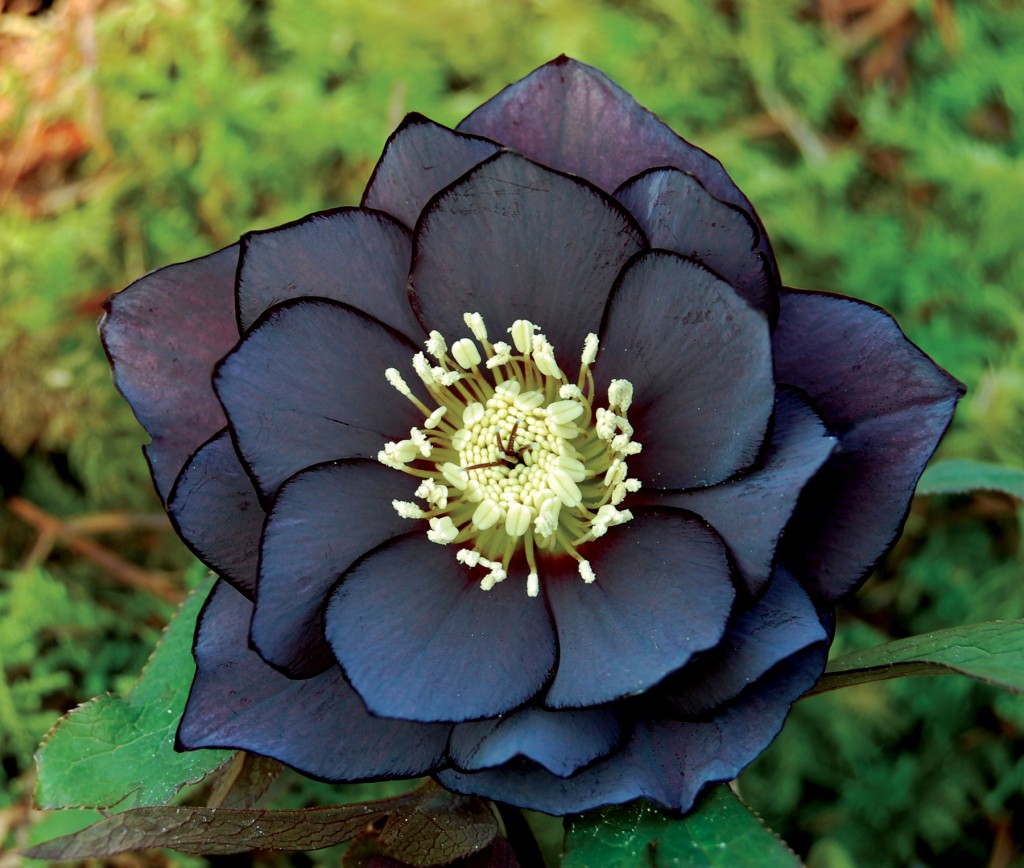March/April Northern Gardener Available
 Nothing says spring like the pink blooms on a crabapple tree, and we’re celebrating the early days of spring with our March/April issue of Northern Gardener. That gorgeous cover photo was taken by Tracy Walsh, a Maple Grove-based photographer who followed a garden from winter through fall. It’s amazing how having “good bones” can create interest and beauty no matter what time of year.
Nothing says spring like the pink blooms on a crabapple tree, and we’re celebrating the early days of spring with our March/April issue of Northern Gardener. That gorgeous cover photo was taken by Tracy Walsh, a Maple Grove-based photographer who followed a garden from winter through fall. It’s amazing how having “good bones” can create interest and beauty no matter what time of year.

Elsewhere in this issue we celebrate spring by providing lots of lists of plants that you will want to consider for 2016. Steve Poppe, the horticultural guru behind the University of Minnesota’s West Central Research and Outreach Center’s trial and display gardens, revealed the top 10 annuals in that garden in 2015. It’s a great list of newer plants with lots of potential for the North. In her Plant to Pick column, horticulture editor Debbie Lonnee goes through some of the newer coleus varieties and recommends plants that are big, bushy and beautiful. Finally, in an adaptation from her new book, Rhonda Fleming Hayes talks about plants that will are “good hosts” for the larvae of butterflies and other pollinators. Her top three plants for larvae: dill, hollyhocks and milkweed.

We also cover two H plants: Hellebores and hydrangeas. Gail Brown Hudson encourages northern gardeners to consider hellebores for early bloom. She’s been growing them for 15 years and loves their nodding heads each spring. Meanwhile Debbie Lonnee gives step-by-step instructions for pruning your hydrangeas. (I plan to take that article into the garden on the next nice late-winter day we have!)
Elsewhere we have articles on rhubarb, growing fruit, USDA Zone 5 native plants to consider for your garden and much more. It’s a great issue!

One Comment
-
Pingback: All-America Selections for 2018 - Minnesota State Horticultural Society
Back to Blog